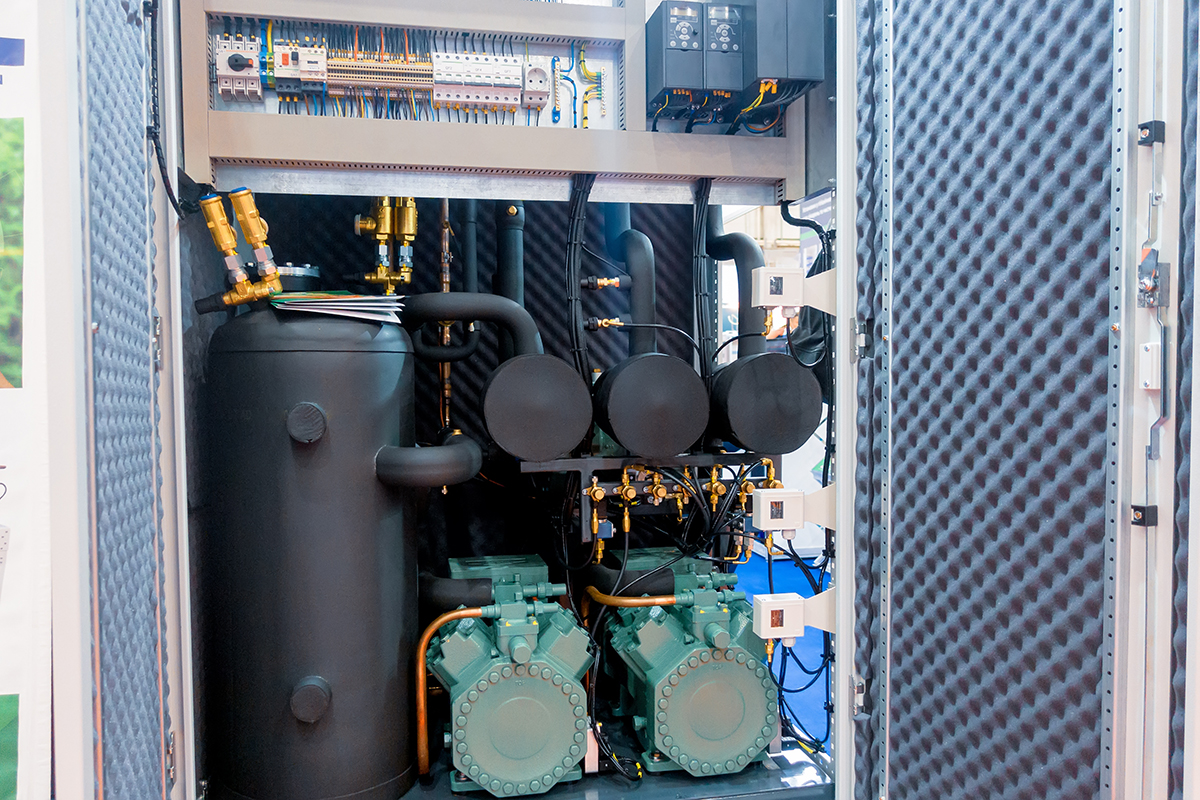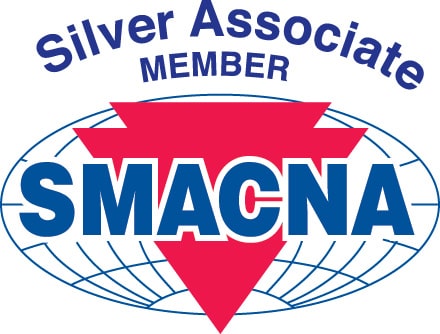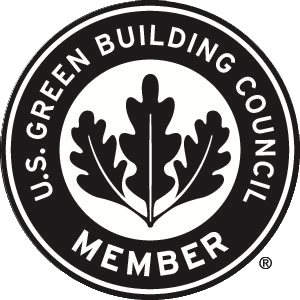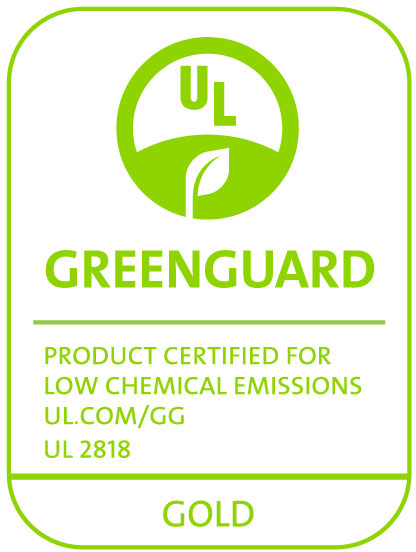Commercial and industrial refrigeration systems (piping, fittings, and vessels) typically operate in the 35°F to -100°F range. These continuous service temperatures are typically below-ambient and under constant threat of condensation and vapor drive. Additionally, hot gas defrost cycles can reach intermittent spikes of 250°F. The consequences of inadequate refrigeration pipe insulation design include saturated insulation, icing, pipe corrosion, system failure, and dreaded downtime.
Why Do Insulation Lines Need to be Insulated?
Refrigeration pipe insulation is specified and installed for the following reasons:
- Energy conservation
- Economics (to minimize annualized costs of ownership and operation)
- External surface condensation control
- Prevention of gas condensation inside the pipe
- Process control (i.e., for freeze protection and to limit temperature change of process fluids)
- Personnel protection
- Fire protection
- Sound and vibration control
The ASHRAE Handbook recommends closed-cell insulation types – cellular glass, closed-cell elastomeric foam, phenolic, polystyrene, and polyisocyanurate insulation for refrigeration system applications. These insulation types share a few characteristics: closed-cell structure, low water absorption, and low water vapor transmission (WVT).
When evaluating the best refrigeration pipe insulation for your project, there are many factors to consider. For example:
- Line (operating) temperature
- Upper ambient temperature range
- Upper relative humidity range
- Thermal conductivity and permeability
- Application – interior, exterior, subject to foot traffic and mechanical damage
- Space restrictions (between pipes, other objects, retail grocery cases)
- Material cost
- Product life cycle
- LEED® credit compliance
- Fire safety compliance with either ASTM E 84 or UL 723 25/50 flame spread/smoke developed-index
What is the Insulation Thickness for Refrigerant Pipes?
The primary reason for insulating below-ambient refrigeration piping is to prevent condensation and ice accumulation. The correct insulation thickness will determine the success or failure of the insulation system.
Two complimentary online industry calculators to help determine the correct insulation thickness for your application are provided by the National Insulation Association’s Mechanical Insulation Design Guide (MIDG) and the North American Insulation Manufacturers Association (NAIMA) 3E Plus® website. Here are the links:
Closed-cell elastomeric refrigeration pipe insulation is commonly specified and installed on refrigerant piping systems due to its physical properties that address the prevention of condensation and icing:
- Closed-cell structure
- Lightweight
- Flexible
- Built-in vapor retarder
- No jacket is required for most applications
- Favorable thermal k (reduces required thickness)
- Low WVT, low water absorption
- Available in factory pre-cut tubes, sheets & rolls, and accessories
- Passes ASTM E84 (25/50) through 2” thick
- Low-VOC for chemical emissions
While the most common closed-cell elastomeric refrigeration pipe insulation available is composed of nitrile butadiene rubber and PVC (NBR/PVC), Aeroflex USA offers an Ethylene Propylene Diene Monomer (EPDM) alternative. The benefits of EPDM include:
- Nonpolar (Hydrophobic) – does not induce or react with water vapor
- Higher upper continuous service temperature of 257°F
- Greater resistance to UV degradation
- Inherently microbial-resistant (no biocides added)
- Non-corrosive on austenitic stainless steel piping
- Indoor Advantage Gold™ Certified for low chemical emissions
- Available in AEROFLEX® brand standard and “pre-cut” tubes (Self-Seal), sheets and rolls (with or without PSA back), and factory-fabricated fittings up to 2” thick
- Aeroflex EPDM system accessories – pipe hanger fittings, factory-fabricated fittings, adhesives, tapes, and coatings
- Glue-less seam seals – AEROFLEX® Cel-Link II®
- Self-Seal ID range from ⅜” to 16” IPS
- Passes ASTM E84 up to 2” thick (plenum-rated)
- Made in the U.S.A. with global materials
To learn more about how AEROFLEX® can potentially meet design requirements to protect your refrigeration system, please visit Refrigeration Pipe Insulation.
Sources:
ASHRAE Handbook Online
https://insulation.org/io/articles/below-ambient-piping-insulation-systems/
https://insulation.org/io/articles/types-of-insulation-for-refrigeration-applications/












